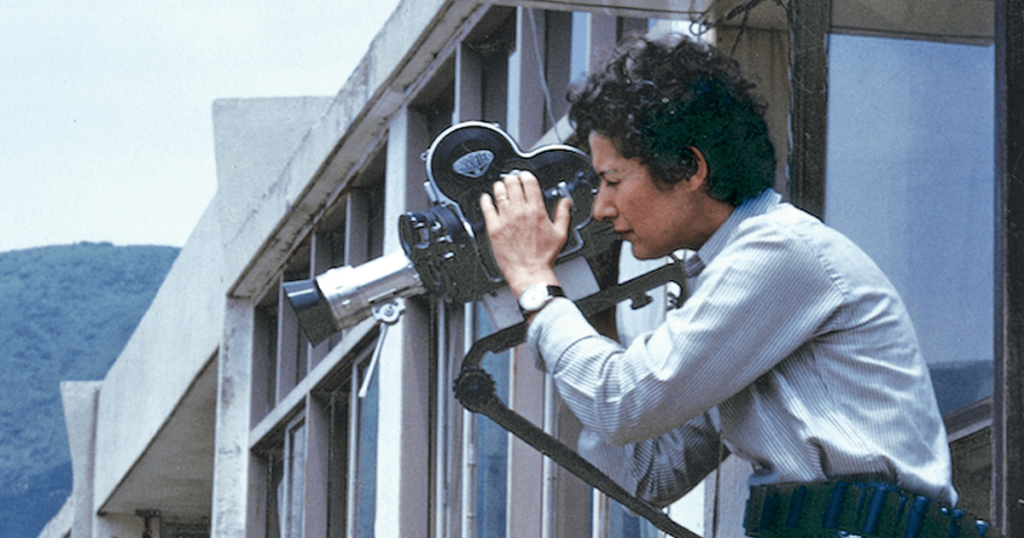
In January, the Chicago Film Archives won a grant from the Council on Library and Information Resources to digitize the collection’s home movies of two late Chicago filmmakers. JoAnn Elam and Millie Goldsholl had careers as professional filmmakers. Elam is best known for her experimental feminist films about rape; Goldsholl (at right) created advertisements and commercial films. However, the grant focuses on more personal, informal films, many of which have never been seen.
We asked the archives’ director, Nancy Watrous, and its digital collections manager, Amy Belotti, what they intend to glean from these home movies—and why archivists bother preserving home movies at all.
What kind of home movies are you finding in these filmmakers’ collections?
NW: With Millie’s collection, it’s mostly trips she took with her family to Europe, Japan, and Israel. She’s skilled with a camera, so they’re not exactly home movies. JoAnn’s collection is particularly opaque. She made documentaries, primarily in 8 millimeter. One of them she never completed—a documentary about Chicago mail carriers called Everyday People. Although the collection has a rough cut of it, we’re not certain what trims and other pieces of the collection belong to that film, or are potentially just little film essays. So it’s a difficult collection to decipher.
What exactly is a “film essay” and how does it differ from a home movie or an experimental film?
AB: Most of the time, the collections that come through the archives can be categorized into pretty clear genres: this is a home movie, this is an experimental film, this is a professional film. With home movies, you largely see kids running around and other home visuals. Then you see JoAnn’s films, and you know that she’s at home, and you know that what you’re watching is personal, but it’s also abstract and nonlinear. It’s not about recording birthdays. She is clearly making essays to herself. I get the feeling they’re not made for other people.
Besides this particular project, you have programs devoted to preserving home movies by nonprofessionals. Why preserve home movies that might not have a “film essay” level of artistic merit?
AB: Part of our mission is preserving midwestern culture and midwestern history, and all of the film genres count. The Midwest looks different from the East Coast or the West Coast or the South. We can get just as much content out of that home movie where kids are running around in the back yard as we can from an industrial film or an experimental film.
Are home movies or other kinds of informal films more important for female filmmakers specifically?
NW: There were very lightweight cameras made for housewives early on, so they could take films as a hobby. And there are probably a lot more female amateur filmmakers than there are female professional filmmakers.
Some people suggest that maybe we should just erase those identifiers like “amateur” and “professional.” All films are expressions of someone, of something. Home movies just have different qualities than professional ones.

